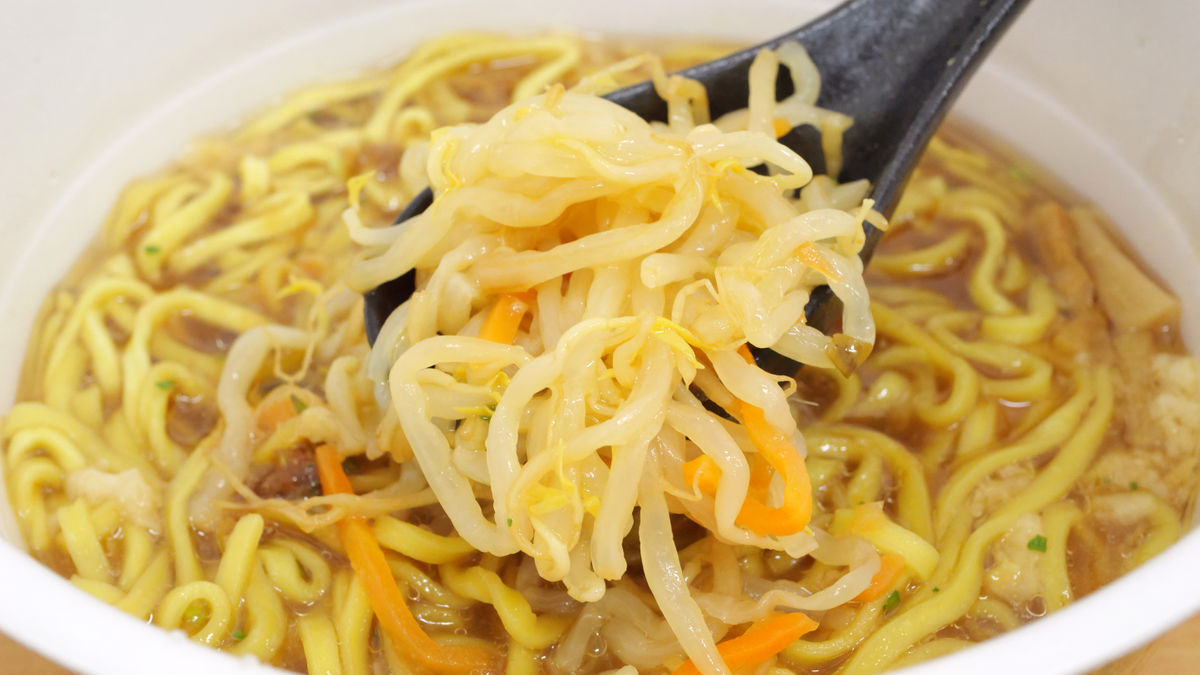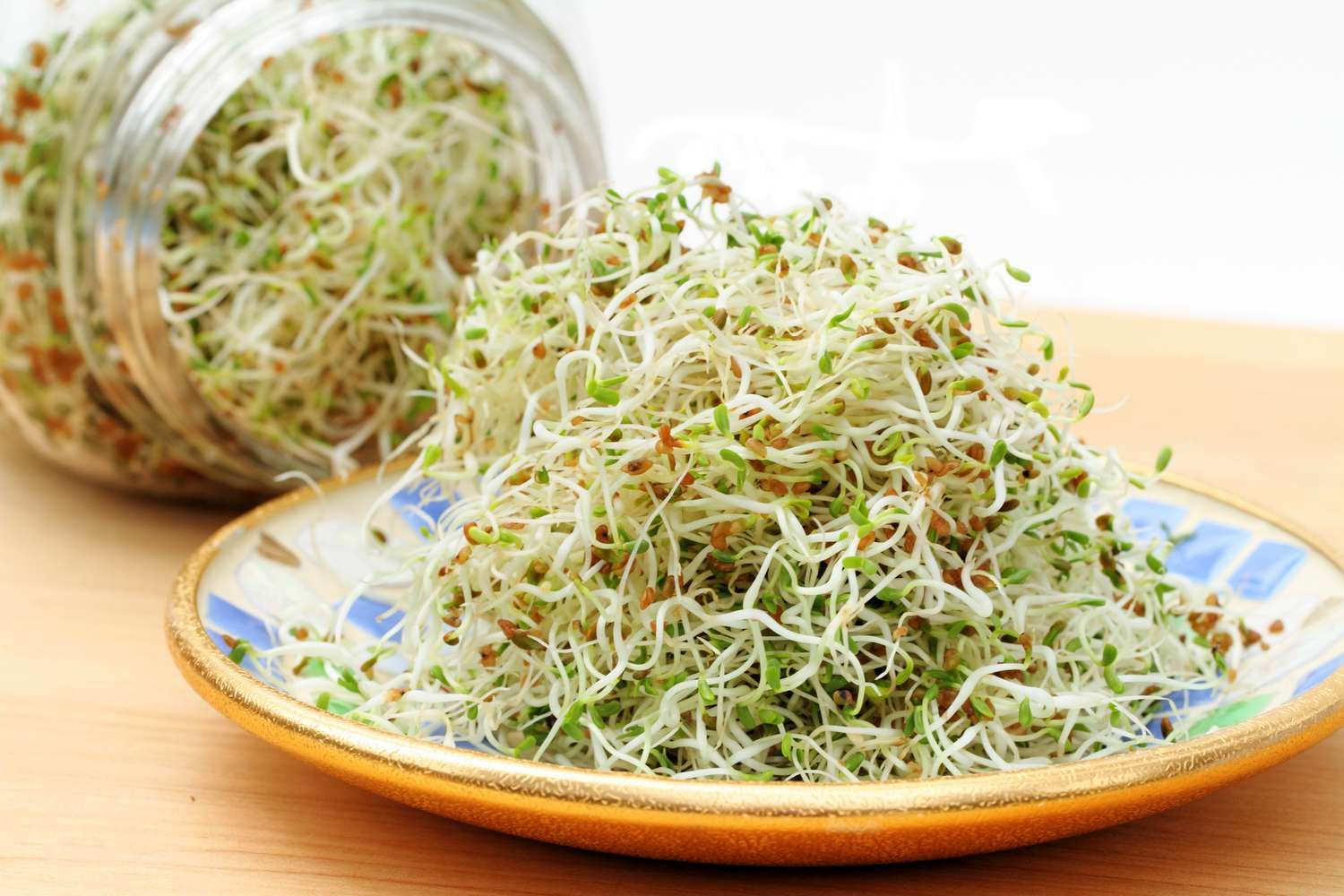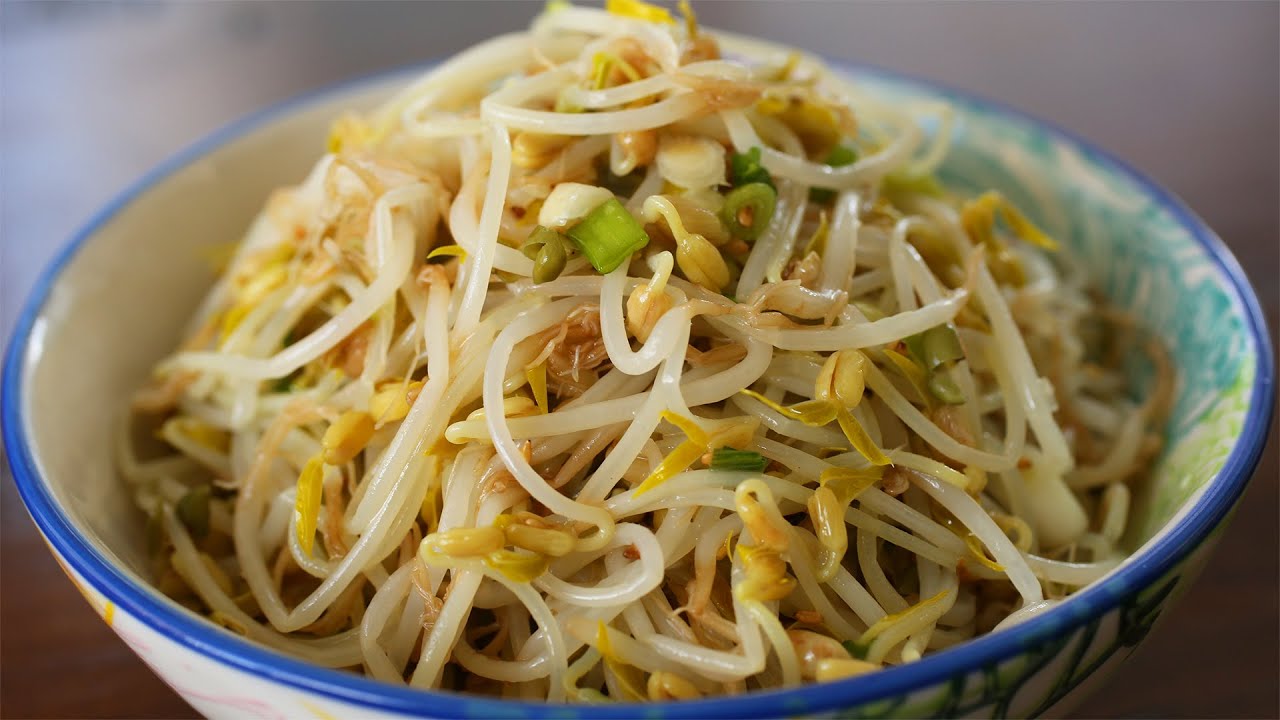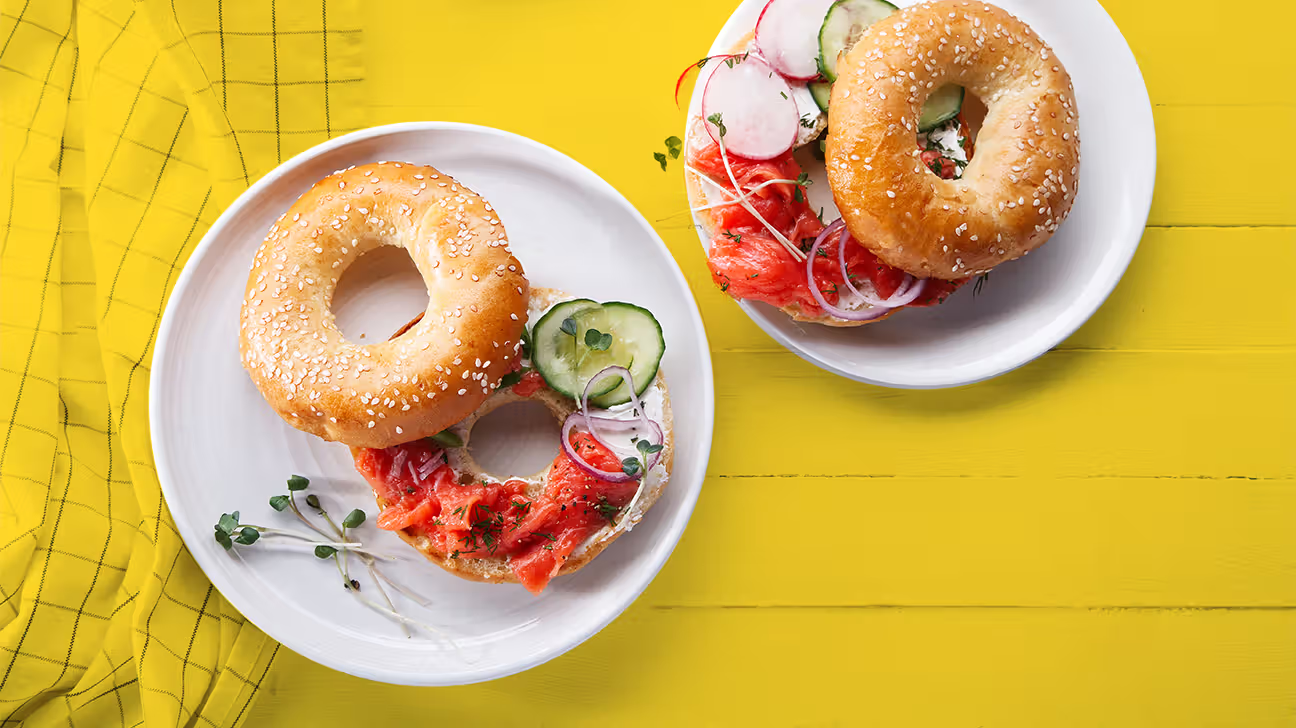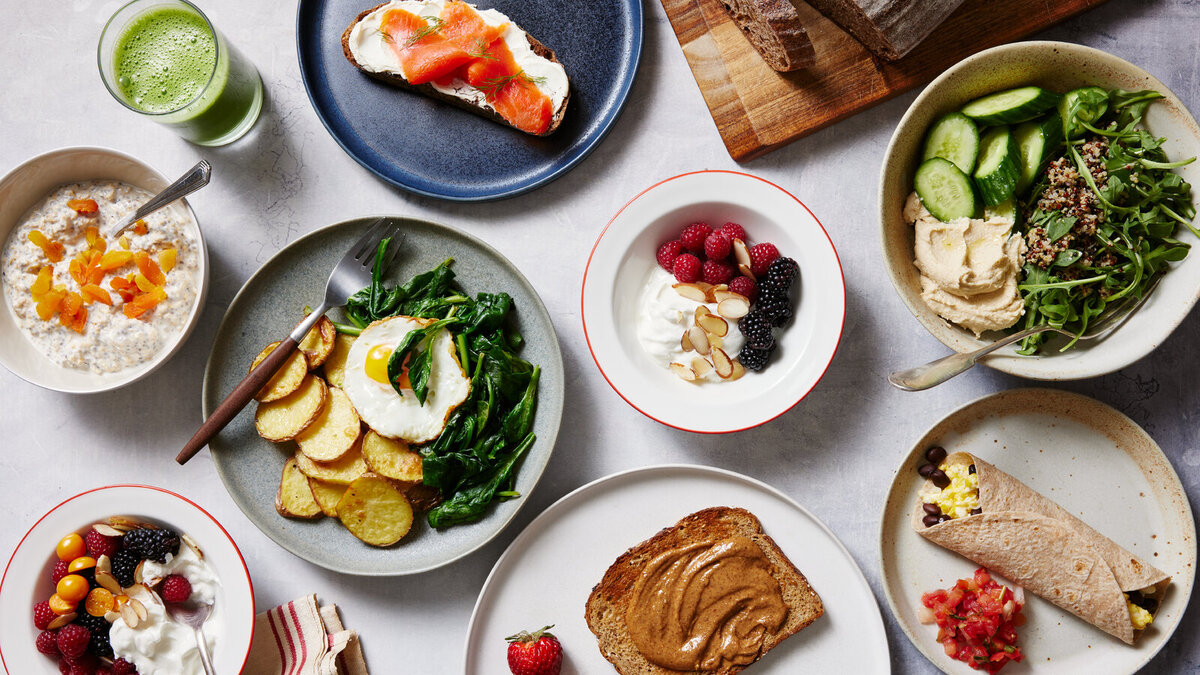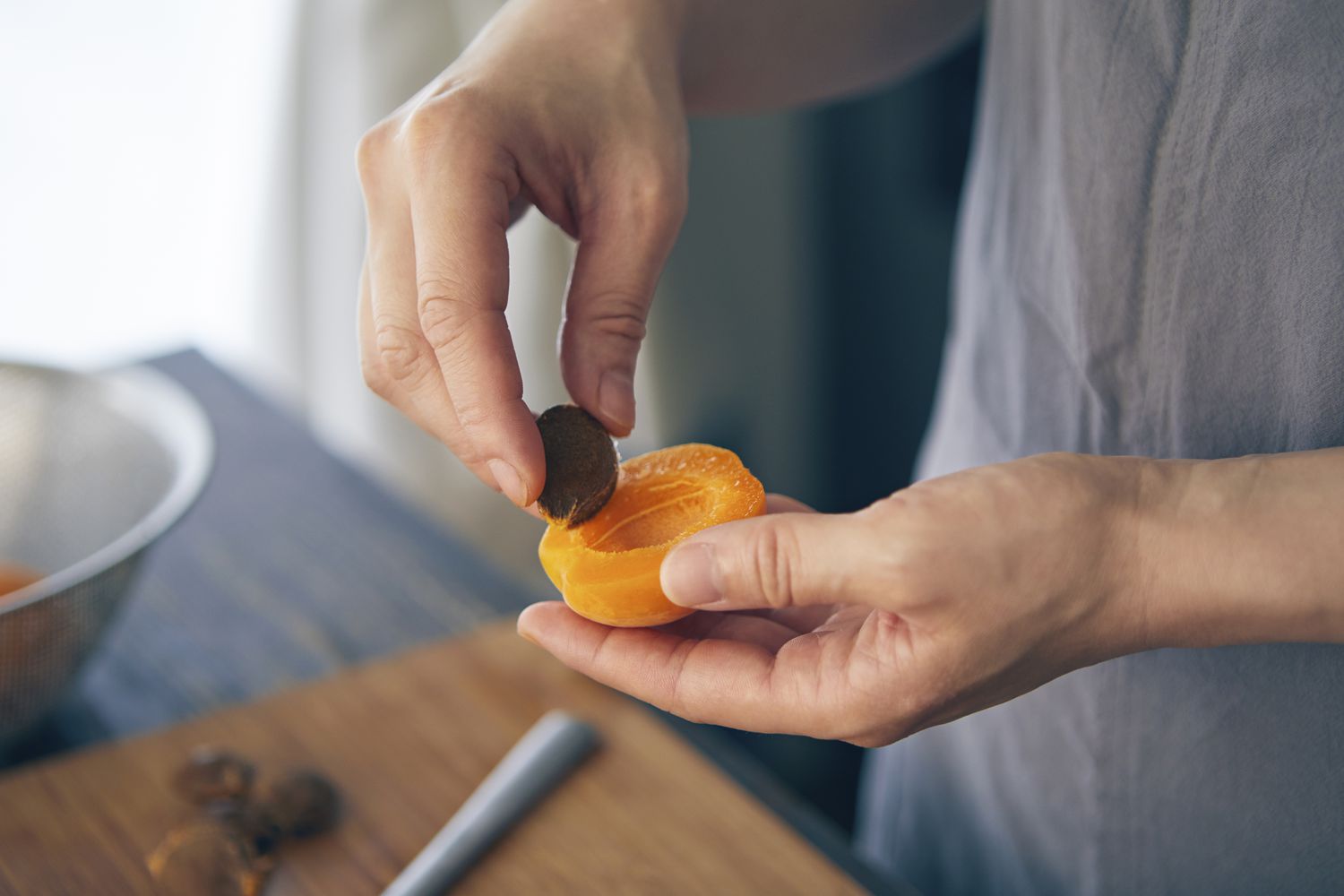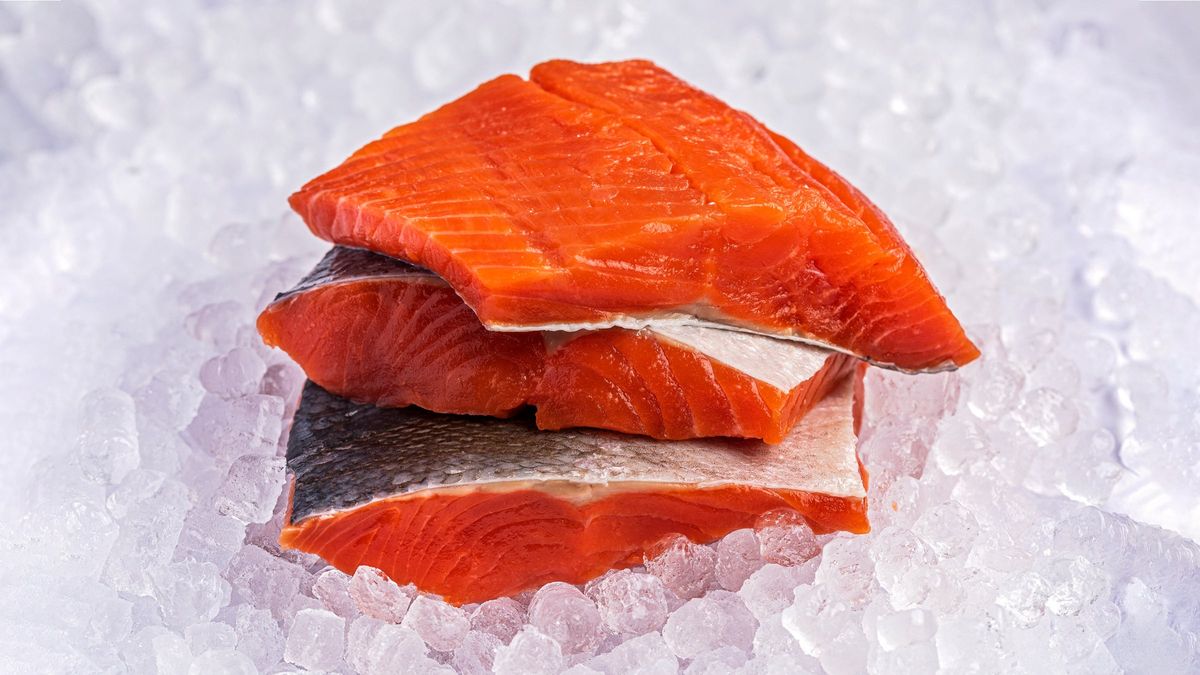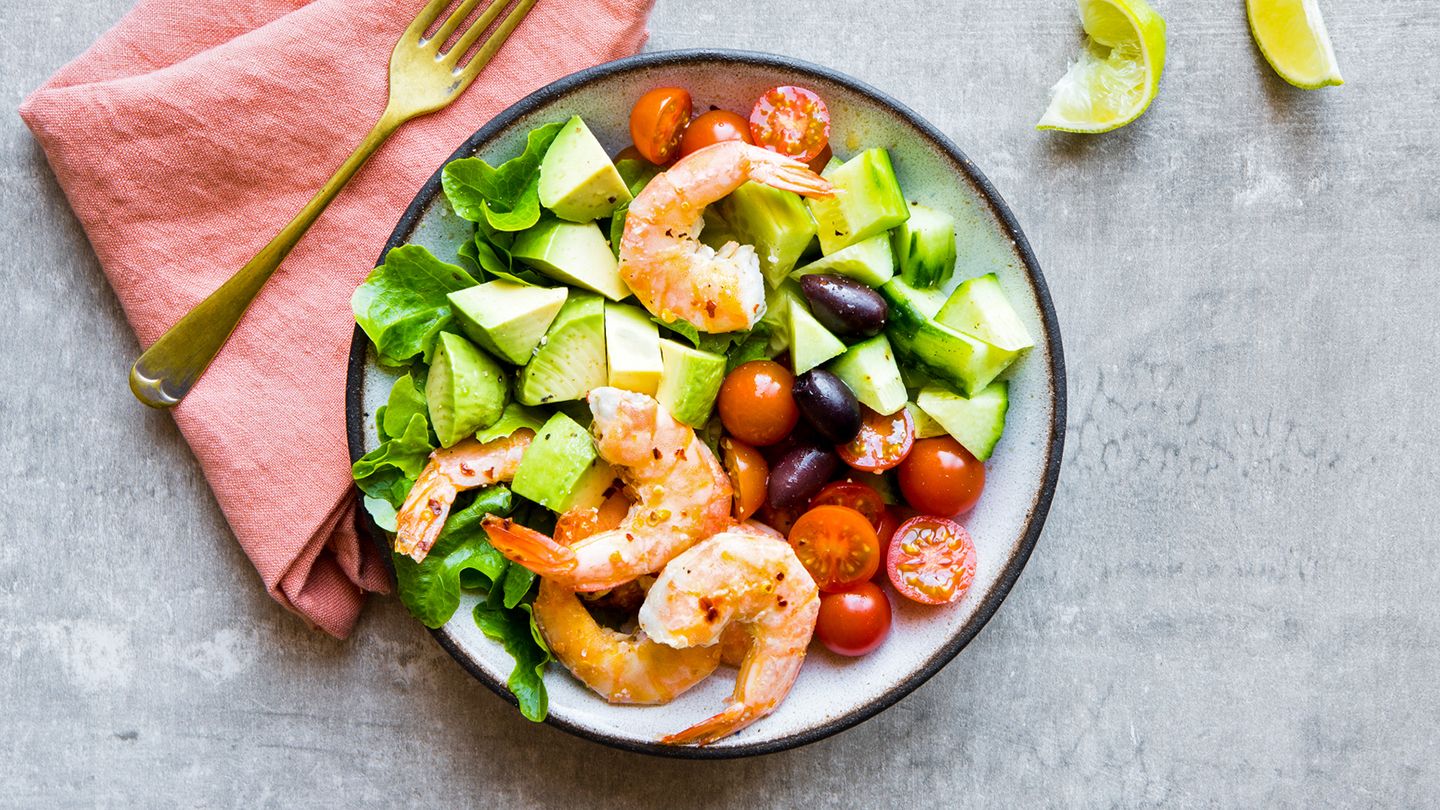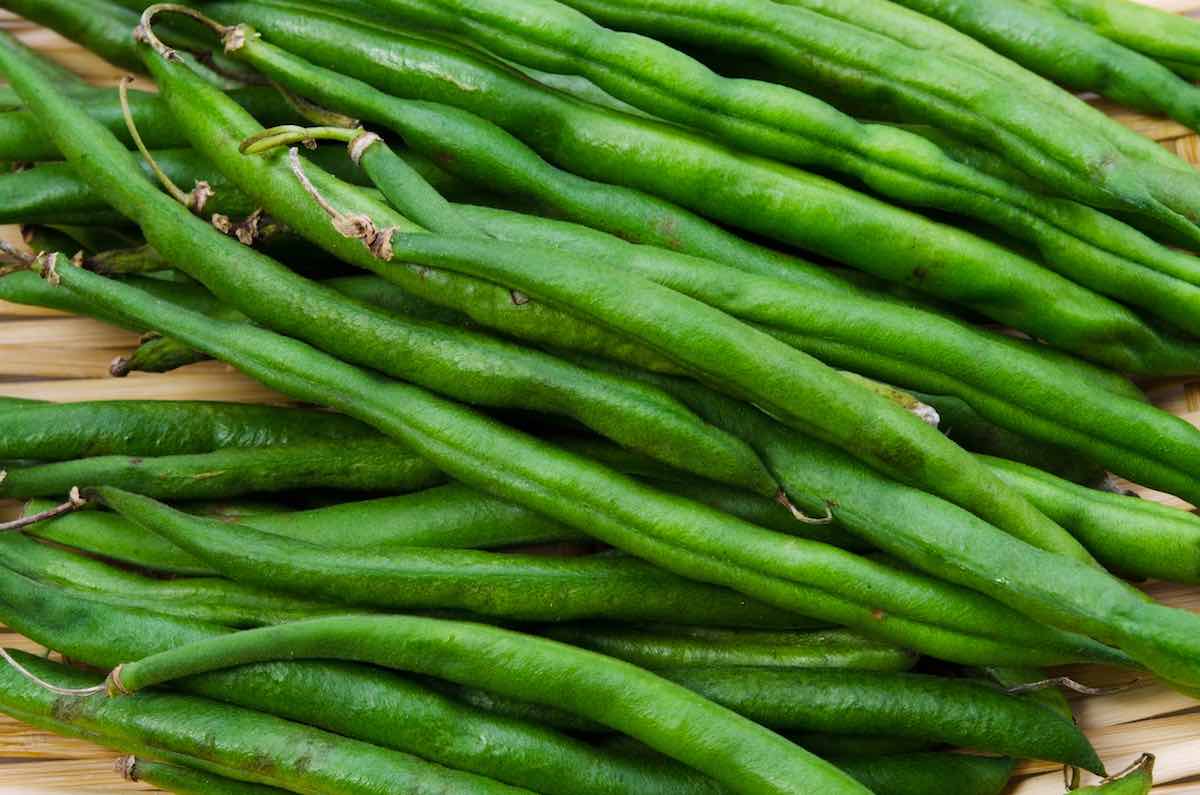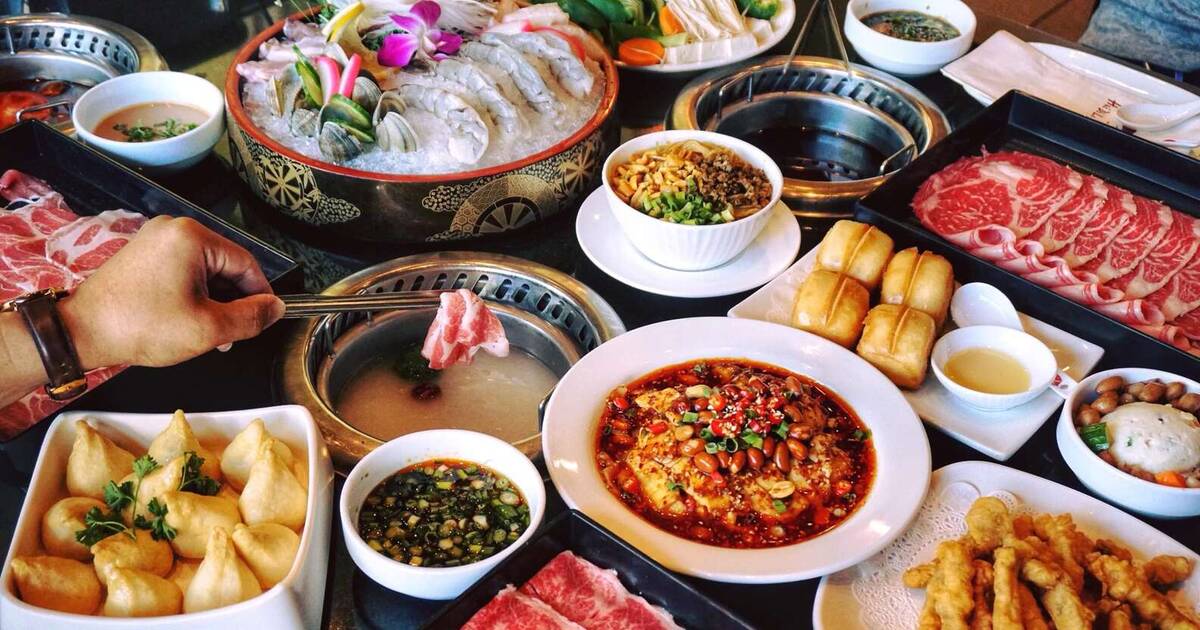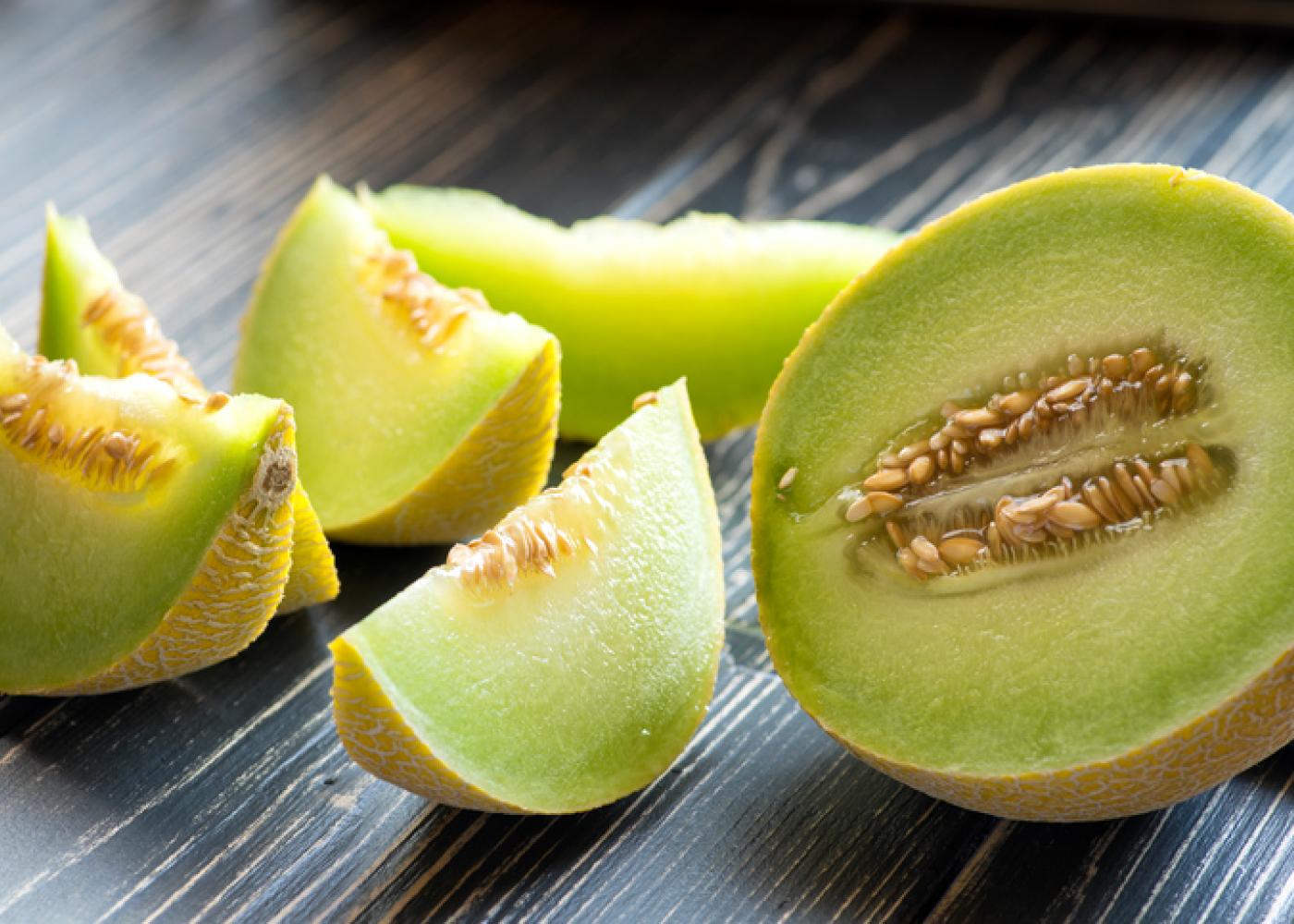Bean sprouts are a popular and nutritious addition to many dishes, but it's important to handle and consume them safely to avoid the risk of foodborne illness. Here are some tips on how to enjoy bean sprouts safely:
Choose Fresh Bean Sprouts
When purchasing bean sprouts, look for ones that are fresh and crisp, with no signs of wilting or discoloration. Avoid bean sprouts that appear slimy or have a strong odor, as these may be signs of spoilage.
Store Bean Sprouts Properly
Once you bring bean sprouts home, it’s important to store them properly to maintain their freshness. Keep them refrigerated and use them within a few days of purchase. If you notice any signs of spoilage, such as a slimy texture or unpleasant odor, discard them immediately.
Clean Bean Sprouts Thoroughly
Prior to consuming bean sprouts, it’s essential to clean them thoroughly to remove any dirt or bacteria. Rinse the sprouts under cold running water and gently pat them dry with a clean paper towel. This simple step can help reduce the risk of foodborne illness.
Cook Bean Sprouts Thoroughly
While some people enjoy eating bean sprouts raw, cooking them thoroughly can help eliminate any potential bacteria. Consider adding bean sprouts to stir-fries, soups, or other cooked dishes to ensure that they are heated to a safe temperature.
Be Mindful of Cross-Contamination
When handling bean sprouts, it’s important to be mindful of cross-contamination with other foods. Use separate cutting boards and utensils for raw bean sprouts to prevent the spread of bacteria to other ingredients. Additionally, wash your hands thoroughly after handling bean sprouts to reduce the risk of contamination.
Be Aware of Food Recalls
Stay informed about any food recalls or safety alerts related to bean sprouts. If there are reports of contaminated bean sprouts, it’s best to avoid consuming them until the issue has been resolved. Keeping up to date with food safety news can help you make informed decisions about the foods you eat.
Enjoy Bean Sprouts in Moderation
While bean sprouts can be a healthy addition to your diet, it’s important to enjoy them in moderation. Eating excessive amounts of bean sprouts can increase the risk of foodborne illness, so be mindful of portion sizes and incorporate a variety of other nutritious foods into your meals.
In conclusion, bean sprouts can be a delicious and nutritious addition to your diet when handled and consumed safely. By following these tips, you can enjoy bean sprouts with confidence, knowing that you are reducing the risk of foodborne illness. Whether you add them to salads, sandwiches, or cooked dishes, bean sprouts can provide a crunchy texture and a boost of nutrients to your meals.
For those looking to use bean sprouts safely, several recipes stand out. The Classic Chicken Stir-Fry with Bean Sprouts is a great place to start for a simple yet flavorful dish. For spice lovers, the Spicy Beef and Bean Sprout Stir-Fry offers a kick that's hard to resist. If you're in the mood for something more traditional, the Vietnamese Pho with Bean Sprouts provides a comforting and aromatic experience. Finally, the Mung Bean Sprout and Tofu Stir-Fry is perfect for vegetarians seeking a hearty meal. These dishes not only highlight the versatility of bean sprouts but also ensure they are prepared safely and deliciously.
